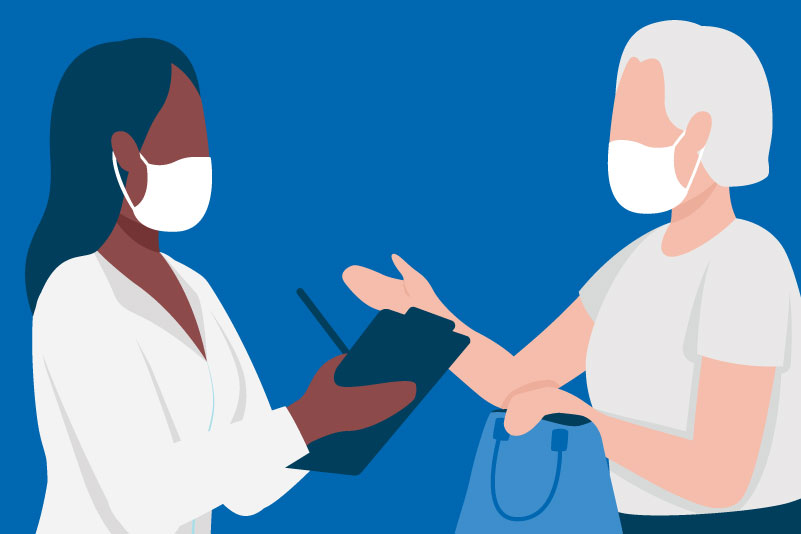#342 Triglyce-Ride that High?

Reading Tools for Practice Article can earn you MainPro+ Credits
Join NowAlready a CFPCLearn Member? Log in
- No RCT examined triglyceride-lowering medications in patients with triglycerides ≥5.6 mmol/L.
- Systematic review1 of cardiovascular RCTs of fibrates (7 RCTs, 40,162 patients, average baseline triglycerides 1.6-2.1 mmol/L) and statins (21 RCTs, 153,414 patients, average baseline triglycerides 1.3-2.1 mmol/L):
- Pancreatitis at ~5 years (differences statistically significant):
- Fibrates: 0.4% versus 0.3% with placebo.
- Statins: 0.2% versus 0.3% with placebo.
- Largest RCT2 (not included in above review) compared pemafibrate (not available in Canada) to placebo in 10,497 patients with type 2 diabetes, fasting triglycerides 2.0-5.5 mmol/L (median 3.1 mmol/L), and high-density-lipoprotein cholesterol <1.0 mmol/L. After 3.4 years:
- Pancreatitis: 0.5% in both groups.
- No evidence for niacin or omega-3 fatty acids on pancreatitis risk in any triglyceride group
- Pancreatitis at ~5 years (differences statistically significant):
- Alcohol overuse and gallstones account for the majority of acute pancreatitis,3,4 whereas hypertriglyceridemia account for <5% of cases.4,5
- Fibrates (except possibly pemafibrate)2 increase risk of developing gallstones by ~1% over 6 years,6-8 potentially explaining how they lead to a net increase in pancreatitis.
- Guidelines recommend fibrates to lower triglyceride-related pancreatitis risk in patients with “elevated” triglycerides, but differ in threshold triglyceride levels to consider treating (5.6-11.2 mmol/L).9-10
- In a cohort study of 1.5 million patients, the 5-year risk of acute pancreatitis based on triglyceride concentration ranges:11
- 4.5-10mmol/L: 0.8%
- 10-20 mmol/L: 1.5%
- >20 mmol/L: 3.5%
- Cardiovascular benefits:
- Fibrates only reduce non-fatal coronary events (19% relative risk reduction), with no benefit when added to statins.12
- Statins reduce cardiovascular events (25-35% relative risk reduction) and all-cause mortality (10% relative risk reduction).13







lowering triglyceride of minimal benefit
fibrates appear to be a double edged sword withrespect to lowering pancreatitis risk in high triglceride pts